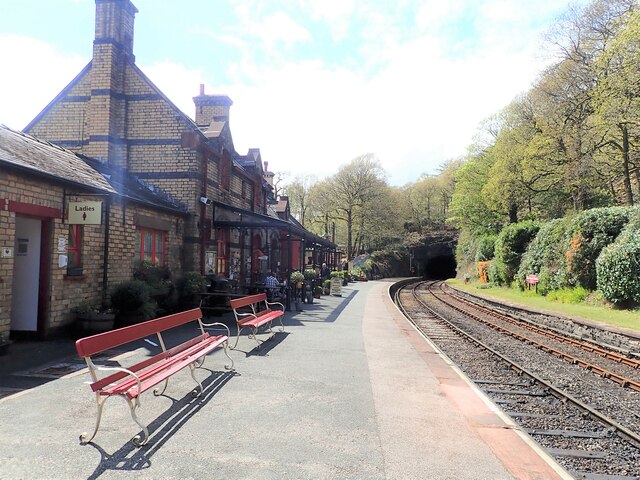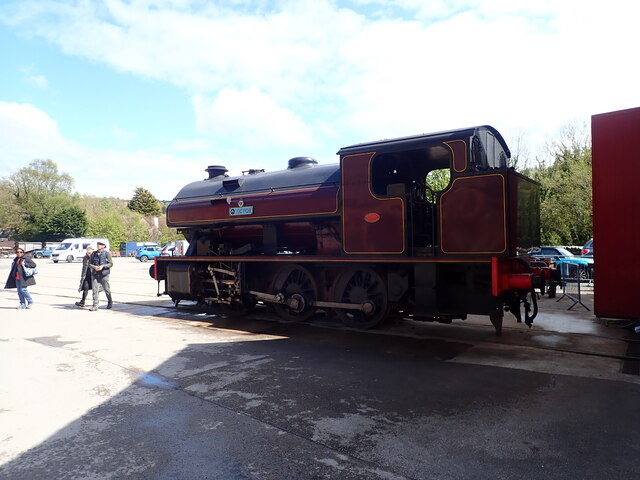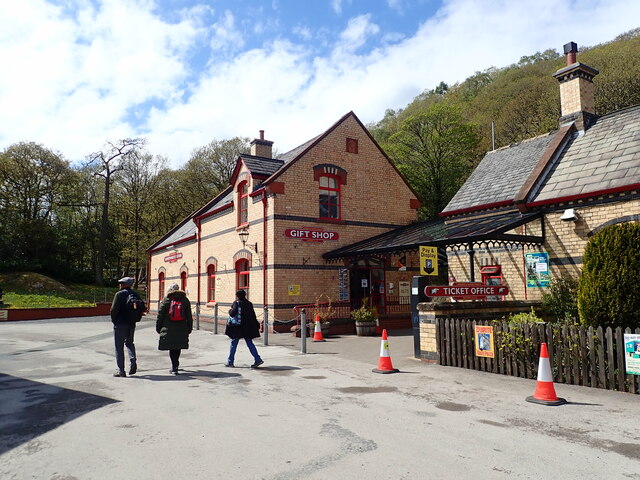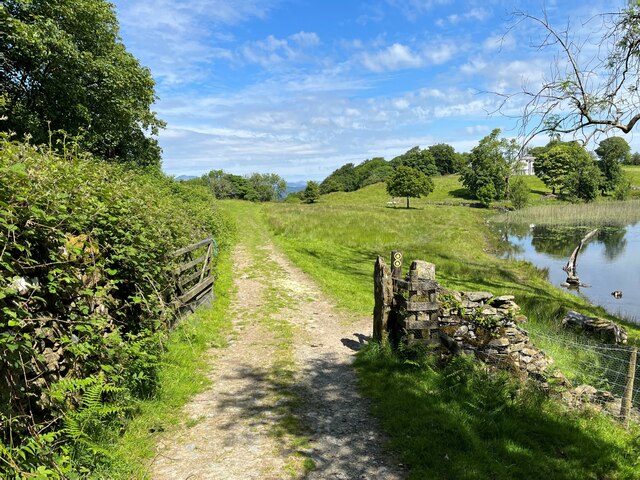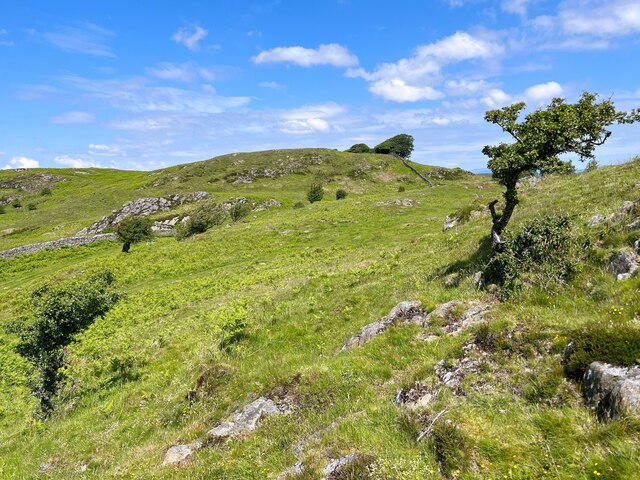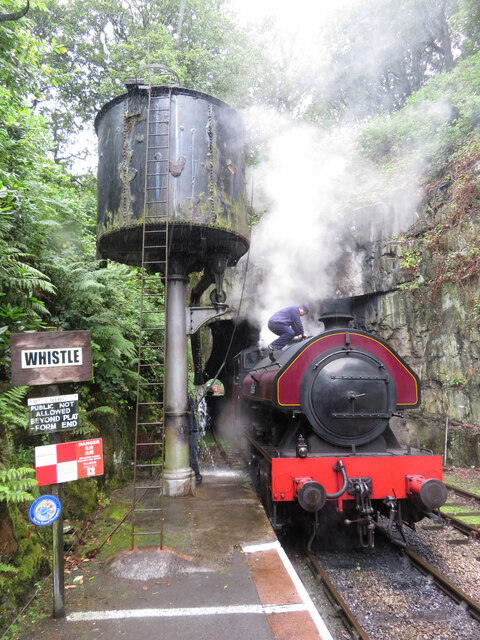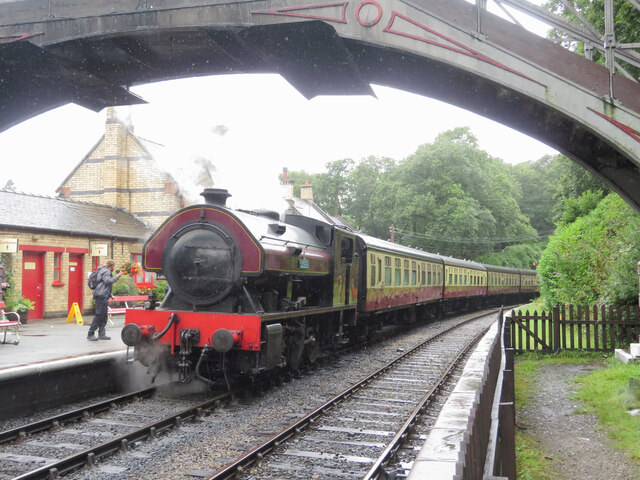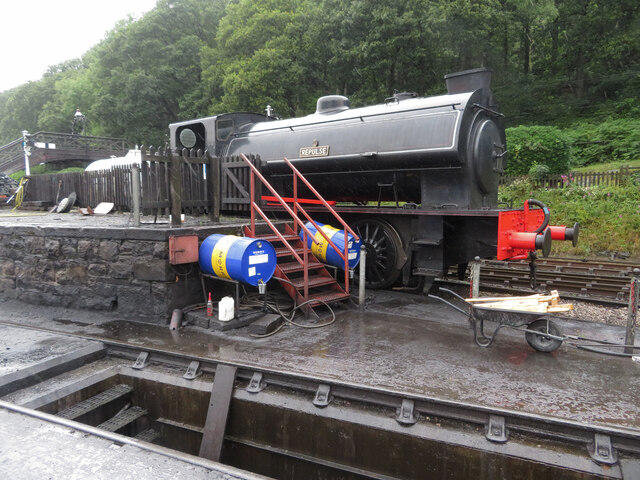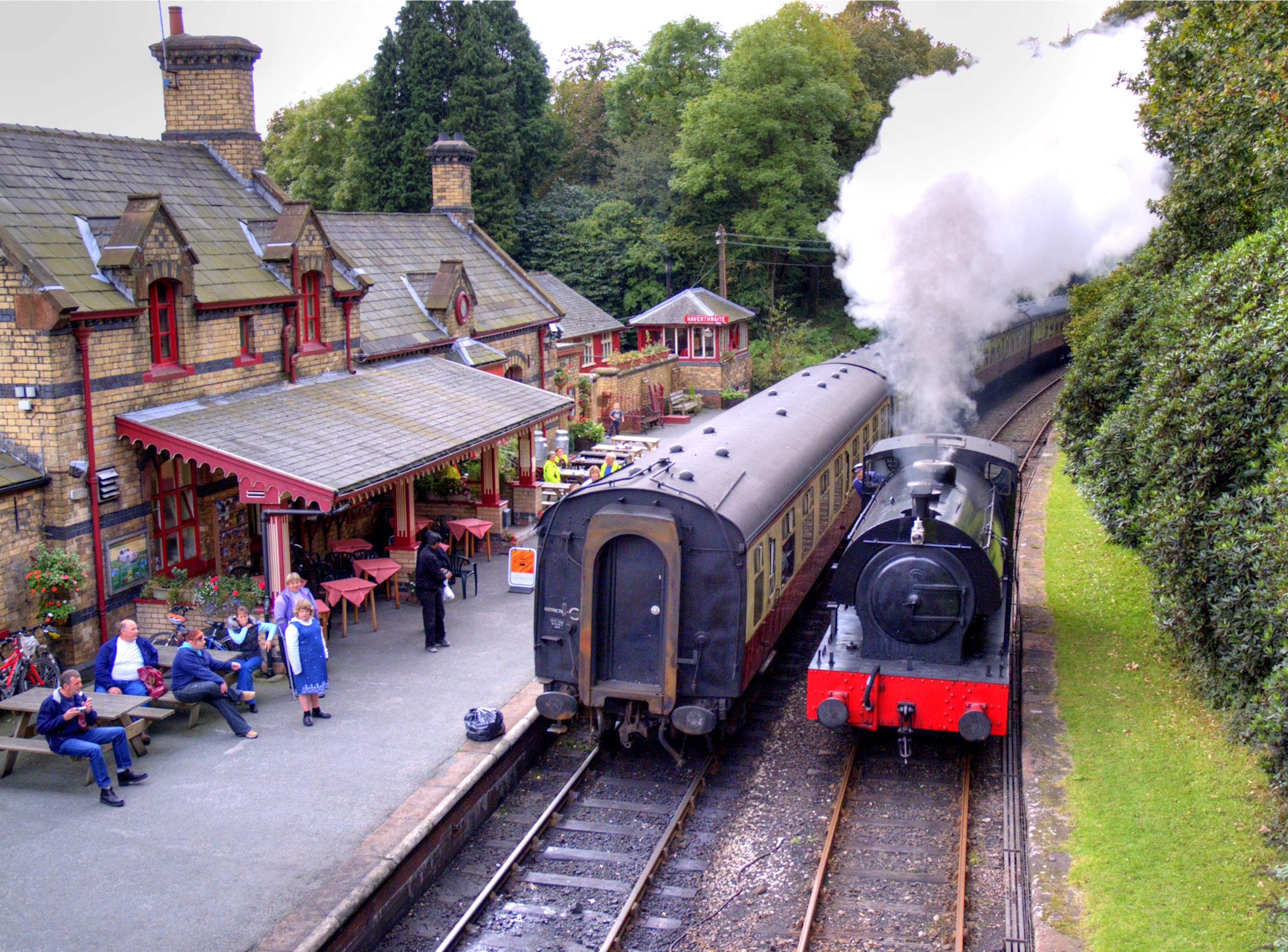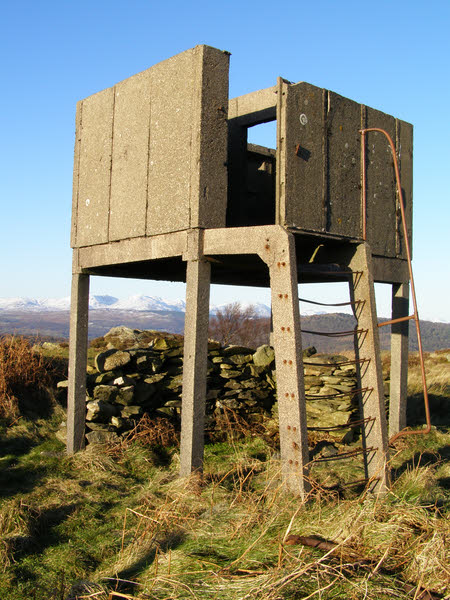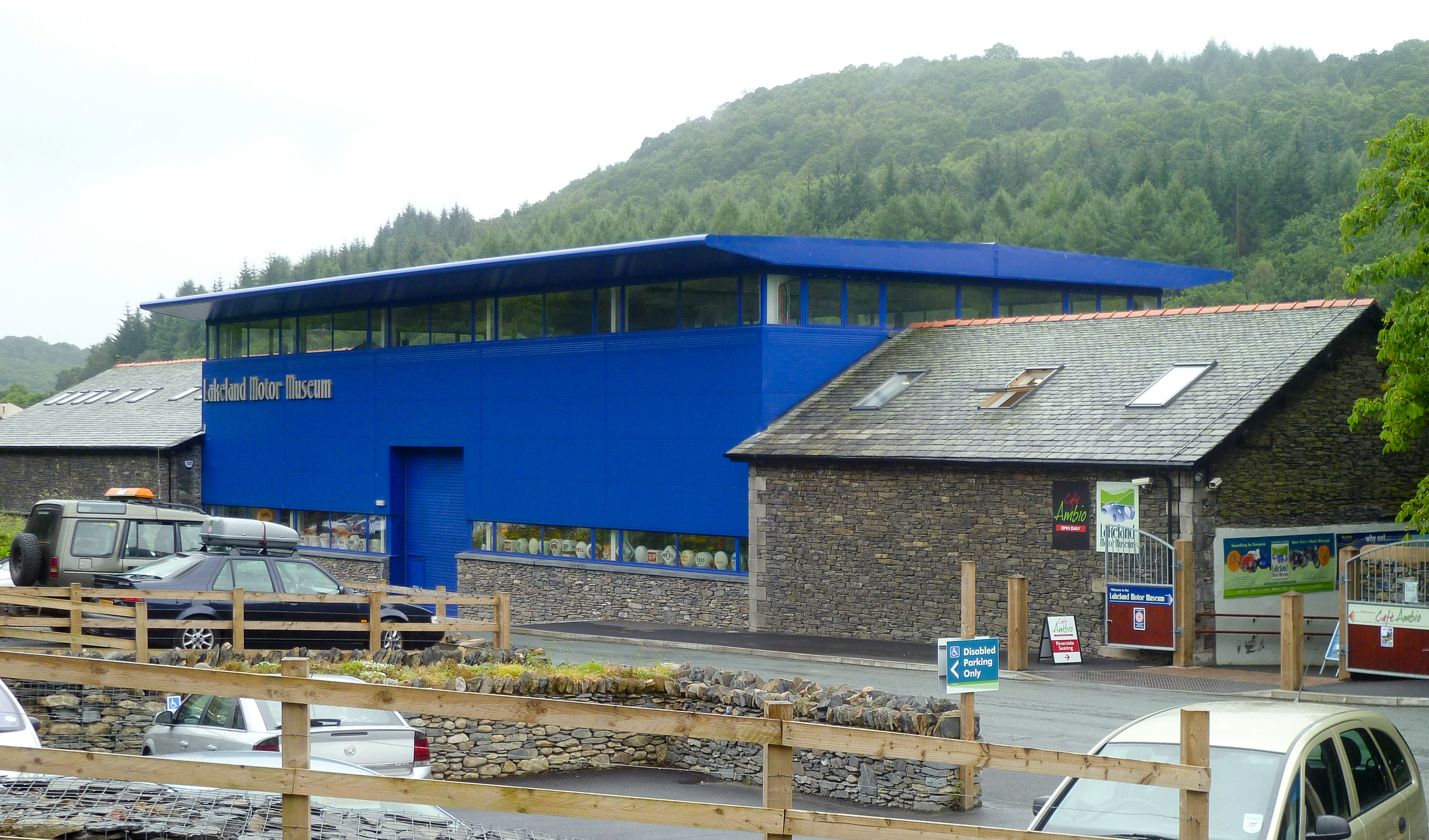Bark House Wood
Wood, Forest in Lancashire South Lakeland
England
Bark House Wood
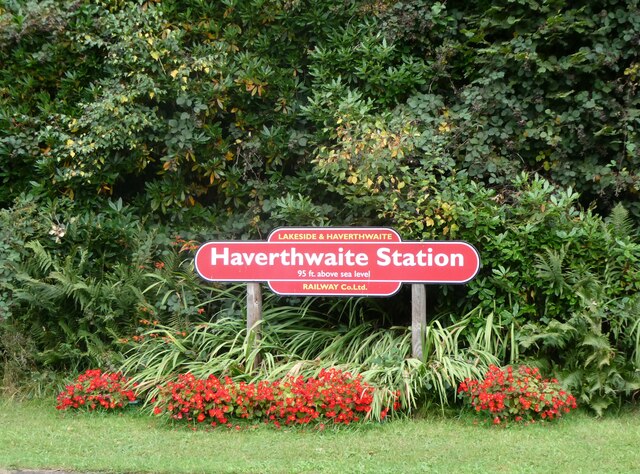
Bark House Wood, located in Lancashire, is a picturesque forest that spans over a vast area. This woodland is known for its diverse range of trees, creating a rich and vibrant environment. The wood is primarily composed of broadleaf trees such as oak, beech, and birch, which provide a stunning display of colors during the autumn months.
One of the key features of Bark House Wood is its well-maintained trails, which allow visitors to explore the forest and immerse themselves in nature. These paths wind their way through the wood, providing opportunities for leisurely walks or more challenging hikes. The trails also offer breathtaking views of the surrounding countryside and nearby hills, making it a popular destination for outdoor enthusiasts and photographers.
Wildlife is abundant in Bark House Wood, with various species calling this forest their home. Visitors may catch glimpses of squirrels scurrying up trees, birds singing their melodious tunes, and occasionally even deer grazing in the meadows. The forest also supports a diverse range of flora, with wildflowers, ferns, and mosses adding to the beauty of the woodland landscape.
Bark House Wood is a tranquil and peaceful place, providing an escape from the hustle and bustle of everyday life. It offers a serene setting where visitors can relax and rejuvenate amidst the natural surroundings. Whether you are looking for a peaceful stroll, a family picnic, or a chance to connect with nature, Bark House Wood in Lancashire is a haven waiting to be explored.
If you have any feedback on the listing, please let us know in the comments section below.
Bark House Wood Images
Images are sourced within 2km of 54.235801/-3.0054822 or Grid Reference SD3482. Thanks to Geograph Open Source API. All images are credited.

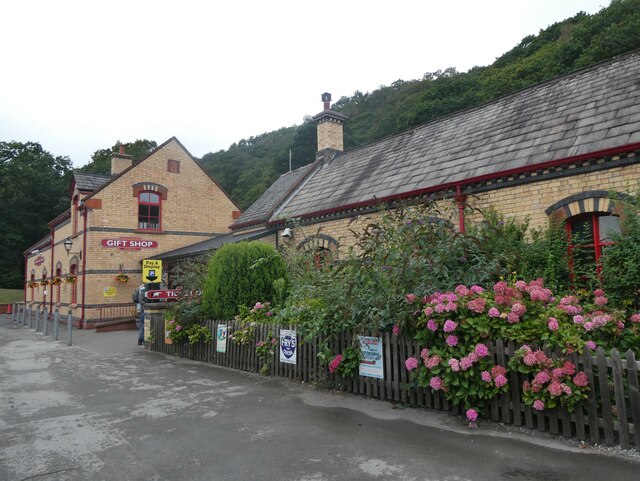
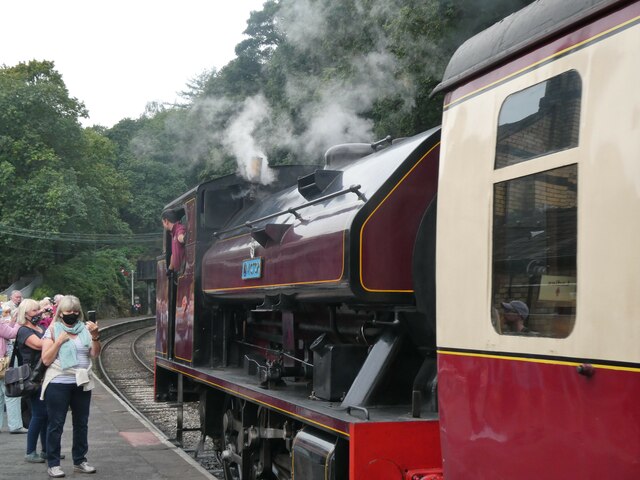
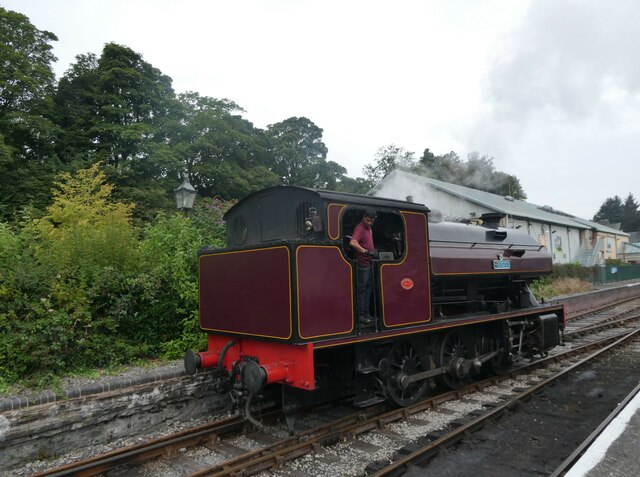
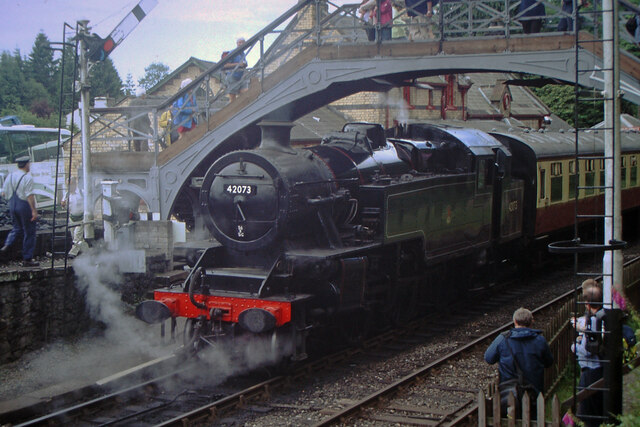

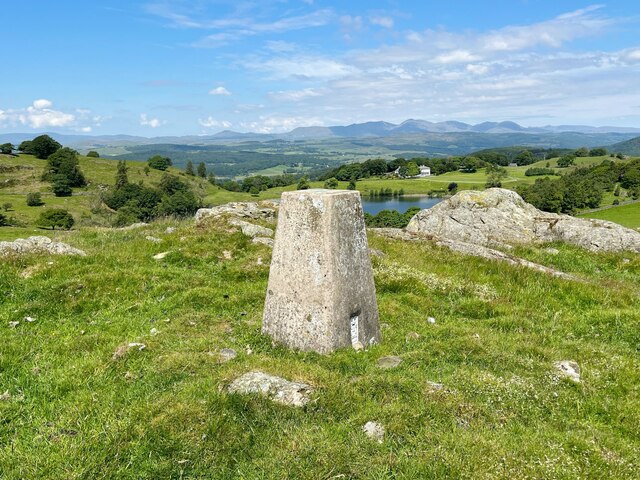



Bark House Wood is located at Grid Ref: SD3482 (Lat: 54.235801, Lng: -3.0054822)
Administrative County: Cumbria
District: South Lakeland
Police Authority: Cumbria
What 3 Words
///finally.clubbing.snaps. Near Flookburgh, Cumbria
Related Wikis
Haverthwaite
Haverthwaite is a small village and civil parish in the Furness region of Cumbria, England. It is also within the boundaries of the Lake District National...
Bigland Tarn
Bigland Tarn is a lake in Cumbria, England, about 3/4 mile southeast of Haverthwaite. Located at an elevation of 158 m (518 ft), the lake has an area of...
A590 road
The A590 is a trunk road in southern Cumbria, in the north-west of England. It runs north-east to south-west from M6 junction 36, through the towns of...
Haverthwaite railway station
Haverthwaite railway station is a railway station on the preserved Lakeside and Haverthwaite Railway in Cumbria, England. == History == The station opened...
Rusland Pool
Rusland Pool is a small stream or beck running through the administrative county of Cumbria. Before 1974, Rusland Pool was in Lancashire. The source of...
Bigland Barrow
Bigland Barrow is a hill in the English Lake District, near Backbarrow, Cumbria. It is the subject of a chapter of Wainwright's book The Outlying Fells...
Backbarrow
Backbarrow is a village in the Lake District National Park in England. It lies on the River Leven about 5 miles (8 km) northeast of Ulverston in Furness...
Lakeland Motor Museum
The Lakeland Motor Museum is a museum now located at Backbarrow, Cumbria, England which houses a collection of classic cars, motorcycles, bicycles, pedal...
Nearby Amenities
Located within 500m of 54.235801,-3.0054822Have you been to Bark House Wood?
Leave your review of Bark House Wood below (or comments, questions and feedback).
